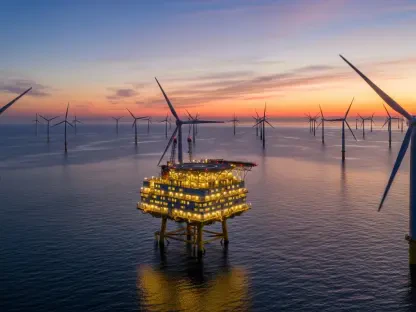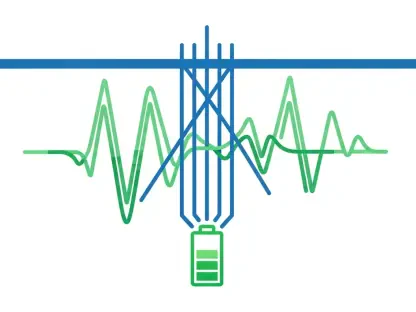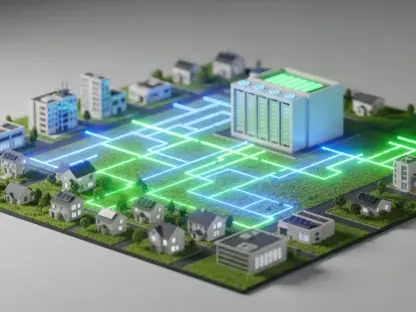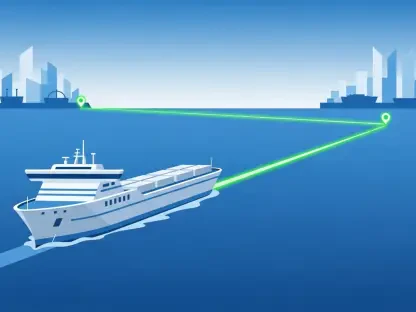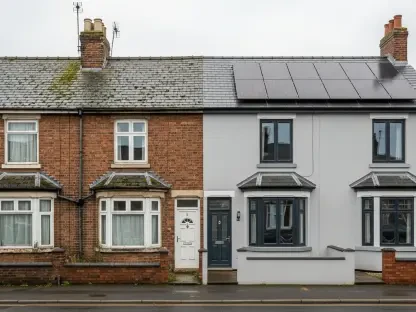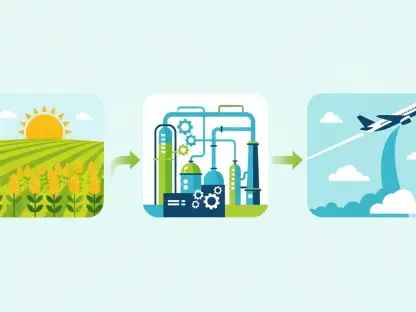As Israel aims to achieve a significant milestone in its renewable energy agenda, the nation faces a formidable task that necessitates a 40% increase in solar installations by 2030. This goal is aligned with the government’s strategy to source 30% of the country’s energy from renewable resources by the end of the decade. As of late 2024, only about 10% of Israel’s energy mix was derived from renewables, with a heavy reliance on solar energy. Recent reports indicate that to meet the 2030 target, the country must boost its annual renewable energy output to approximately 28 terawatt-hours, elevating its total installed capacity to 16,000 megawatts. Given the historical installation rate of about 1,000 megawatts per year, which resulted in 6,700 megawatts by October 2024, the nation urgently needs to accelerate to an annual rate of 1,400 megawatts.
Progress and Challenges in Renewable Energy Initiatives
A comprehensive report on Israel’s renewable energy roadmap reveals that notable progress has been made, with 88% of the measures from the 2022 roadmap either completed or making headway. Out of 53 identified measures, 28 have been successfully implemented, 19 remain ongoing, five will not be pursued, and one has not yet commenced. The roadmap also suggests that 53% of the projected renewable energy targets could be accomplished through dual-use installations on sites such as landfills, highways, and military zones. This implies that maximizing the utility of existing spaces could play a crucial role in meeting the targets. Additionally, ground-based solar fields with storage systems are expected to contribute 30% toward the target, while those without storage could provide 13%. Wind energy and biogas will contribute 2% and 1%, respectively, with solar thermal energy also accounting for 1%.
One of the significant hurdles identified in the report is the need for substantial investment to upgrade and extend the electricity grid infrastructure. This has been aggravated by the current fiscal constraints resulting from the ongoing conflict in Gaza. The Independent System Operator Ltd (NOGA) has proposed over 400 projects related to transmission, with an estimated cost of NIS 17 billion ($4.7 billion). Concurrently, the Israel Electric Corporation has expansion plans valued at NIS 20 billion ($5.6 billion). Although NOGA’s plan has been greenlit, the approval from the Finance Ministry for the Israel Electric Corporation’s plan remains pending. The financial strain poses a risk to these ambitious energy infrastructure expansion plans, making it imperative to secure adequate funding for timely implementation.
New Regulations and Future Directions
To advance its renewable energy goals, Israel has introduced new regulations requiring solar photovoltaic (PV) installations on all non-residential buildings with roof spaces over 250 square meters and on private homes with roofs over 100 square meters. This regulation is expected to substantially increase solar energy generation in urban and suburban areas. Additionally, four areas have been pre-approved for solar power station development, with planning already at an advanced stage. These measures reflect a comprehensive approach to aligning the nation’s renewable energy ambitions with economic realities.
While grappling with financial constraints and technical challenges in expanding the energy grid, Israel remains committed to its renewable energy objectives. The nation is employing diverse strategies to ensure a robust energy future, reflecting a determined approach to achieving energy sustainability. The progress made so far and the planned initiatives form a solid foundation for overcoming obstacles and realizing its renewable energy vision by 2030. With ongoing adjustments and strategic investments, Israel’s ambitious renewable energy targets are poised to inspire further advancements globally.


